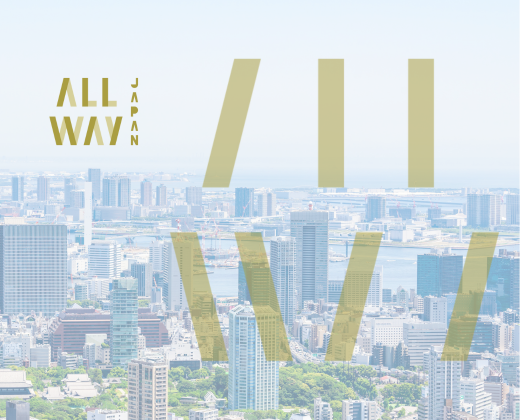
One of the burial mounds that make up the Hyakutondori mound, which was registered in the World Heritage Site "Hyakutondori/Furuichi Kofun". In the middle of the 5th century, the mound surrounded by a triple moat is 486m long, the diameter of the back circle is 249m, the height is 35.8m, the width of the front is 307m, the height is 34m, japan's largest front-back mound with a tomb area of about 464,000 sq m. It is said to be the world's three largest tombs along with the Kufu Pyramid and the Tomb of the Emperor Qin. The actual burials are unknown, but they are managed by the Imperial Household Agency as the 16th Emperor Nintoku's tomb, "Hyakutori-no-Mihara Nakamisasagi". It is estimated that there was a pit-type stone room with a long-shaped sarcophagus in front of it, and nearly 30,000 cylindrical and horse-shaped haniwa stood on the mounds and dikes. There are about 10 jutsuka (jutsuka), such as the Nagayama Kofun and the Maruhoyama Kofun. The tour is either from a place of worship on the south side or from an excursion road of about 2.8km.

It is located about 50m away, northwest of the Nintoku Emperor's Tomb. The total length of the mound, with the front part facing south and surrounded by a shield-shaped moat, is 100m, the diameter of the back circle is 63m, the height is 10.3m, the width of the front part is 68.5m, and the height is 10.3m. There are roofing stones and a haniwa in the three-tiered mound, while the constriction on the west side has a procreation. Tsukizo was in the first half of the 5th century. The structure of the main part and the grave goods are unknown, but there is also a lore with the tomb of Baekje's Wang-in. The Kanpaku is managed by the Imperial Household Agency as a juridical mound of the Imperial Mausoleum of Nintoku, and is one of the constituent assets of the World Heritage Site "Hyakutungori-Furuichi Kofun". Zoubori is also a designated historic site of Sakai City.
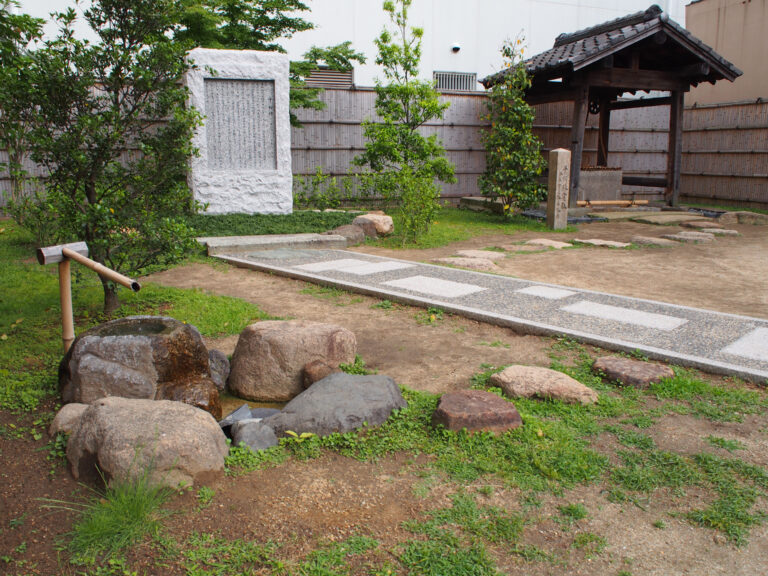
Born in Sakai, he was the founder of the tea ceremony Three Thousand Family (Omotesenke, Raishenke, and Mushakoji Senke), and was born in Sakai. He approached Nobunaga with a tea bath, and after that death, while serving as Hideyoshi's tea head, he took over the Kitano Ochanoyu and took over the title as the tea master of Tenka-ichi, but was touched by the anger of Hideyoshi in his later years. On the site of the mansion is a camellia well and a well-shaped well built with old members of Daitokuji Sanmon, which is related to Rikyu.

The collective term for the burial mound group, which was listed as a World Heritage Site in July of the first year of Reiwa (2019). Forty-nine cases of 49 burial mounds are the constituent assets of the Hyakutondori mound group in Sakai City, Osaka Prefecture, and the Furuichi burial group in Habikino City and Fujiidera City. These tombs were built on terraces at the southern tip of the Osaka Plain in the late 4th and late 5th centuries, the height of the burial period. Around a keyhole-shaped front-back circular mound with a depth of about 500m, like the Nintoku Emperor's Tomb, the scallop-shaped mound, the mound, and the mound are densely formed to form a group. It is possible to learn about the culture of Japan's unique burial during the burial period, as well as the structure of politics and society related to power, from the form and scale of the tomb.
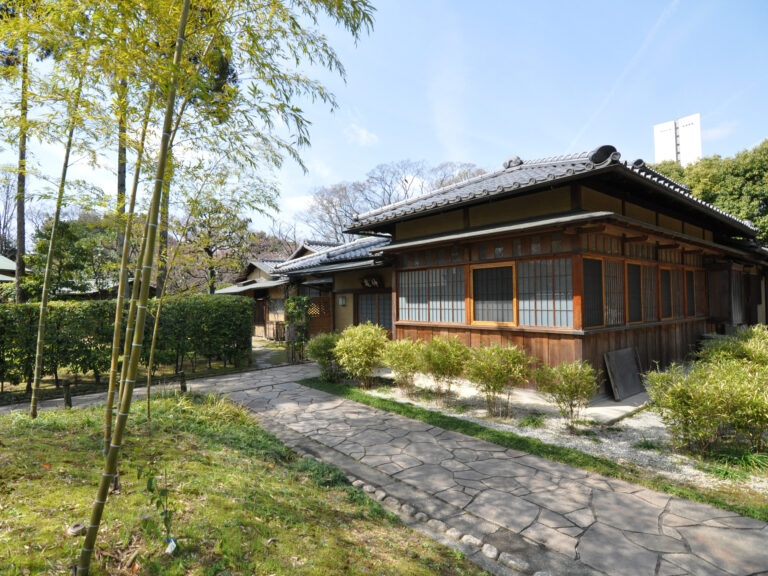
A tea room located within Daisen Park. There is "Koumei-an" in connection with Imai-cho and "Shin-an" built by the sukiya-style master Ogi Hahaki-do. In Shin-an, you can enjoy 300 yen (with dried sweets) in a standing seat (chair seat). It is designated as a registered tangible cultural property.
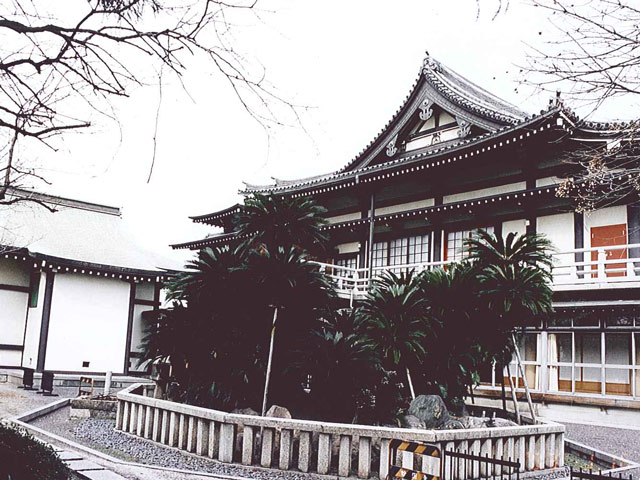
Famous as the common name of the temple. In the precinct there is a cycads with a height of 8m, which is said to be 1100 years old, and is designated as a national natural monument. The legend remains that Oda Nobunaga moved him to Azuchi Castle, but "I want to go back to Sakai" and that he was brought back to the original. It is also the place where 11 Tosa feudal lords were cut off during the Sakai incident. The garden of the Karesansui, which is said to have been put in his hand by Kobori, was built in the Muromachi period (designated by Meishatsu, Sakai). The inside of the hall is prohibited.

The old shrine of Soken (997), which enshrines Michizane Sugawara, known as the god of scholarship. It is a shrine known as "Sakai Tenjin". When you enter the precinct through the main gate built in Gyeongsang 5 (1652), the main hall and worship hall where the sacred body of Michizane is enshrined, and the jokuraku hall with a gable roof on the hipped roof, there are standing tea rooms such as "Koumei-en", which are built in early Edo period.
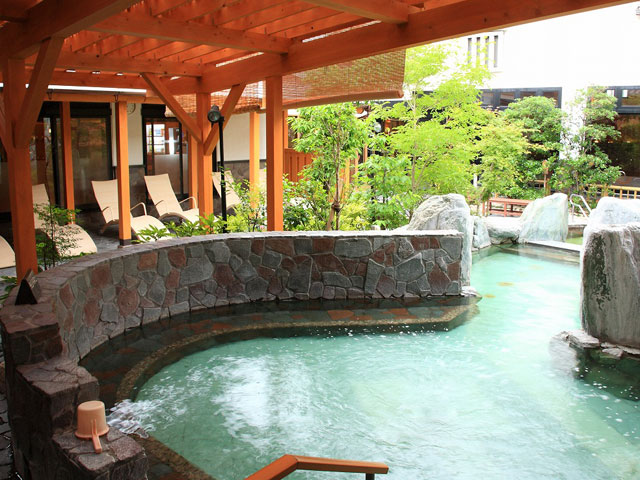
Large day-trip bathing facilities where you can relax in 18 large and small bathtubs, including a charcoal-acid spring bath and water bath, as well as a variety of body care facilities such as meals and massages.
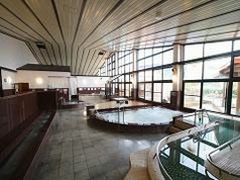
It springs to Senboku New Town and is a hot spring facility that pulls a hot spring that is one of the few in the whole country. It has reddish-brown and black hot water flowers. In addition to the heated source tub, there is an aesthetic bath, a walking bath, and a foot bath.
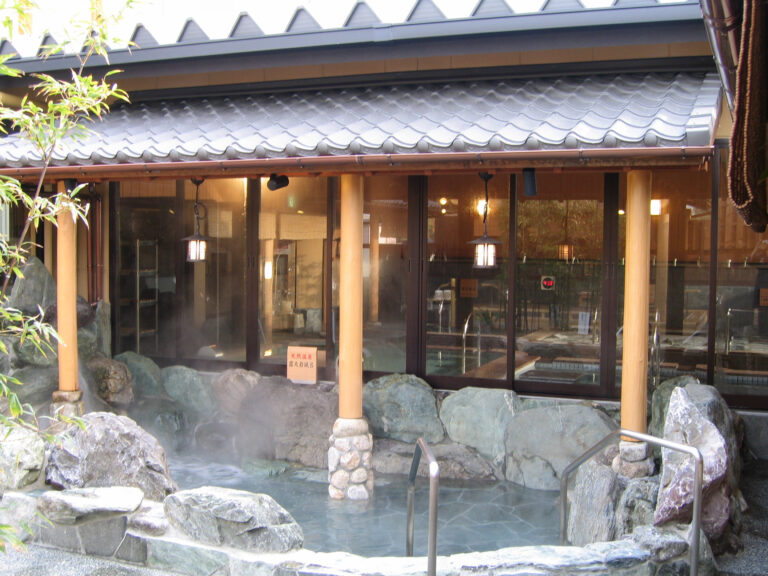
Super Sento Onsen, which is now expanding stores nationwide. You can enjoy a variety of bathtubs such as open-air rock baths and carbonated baths. Body care and foot care refreshments are also recommended for Yuigai.








